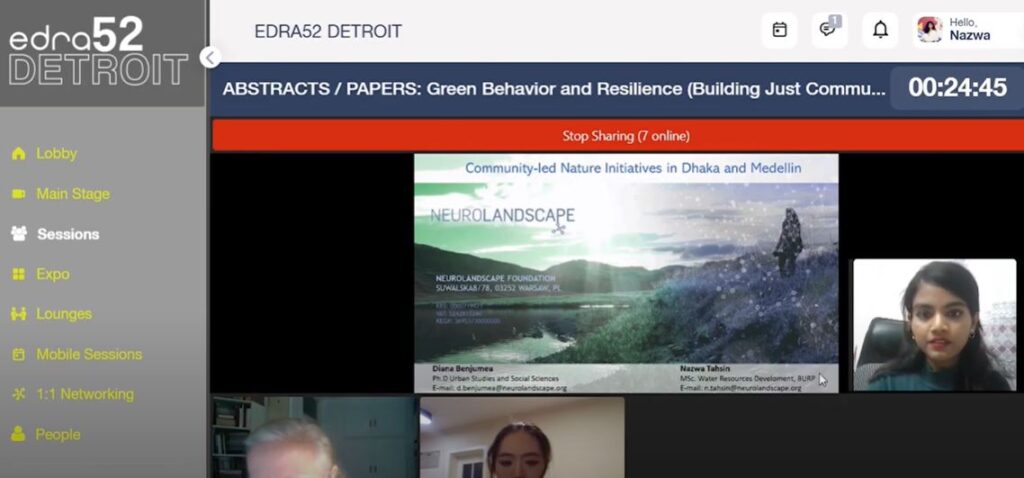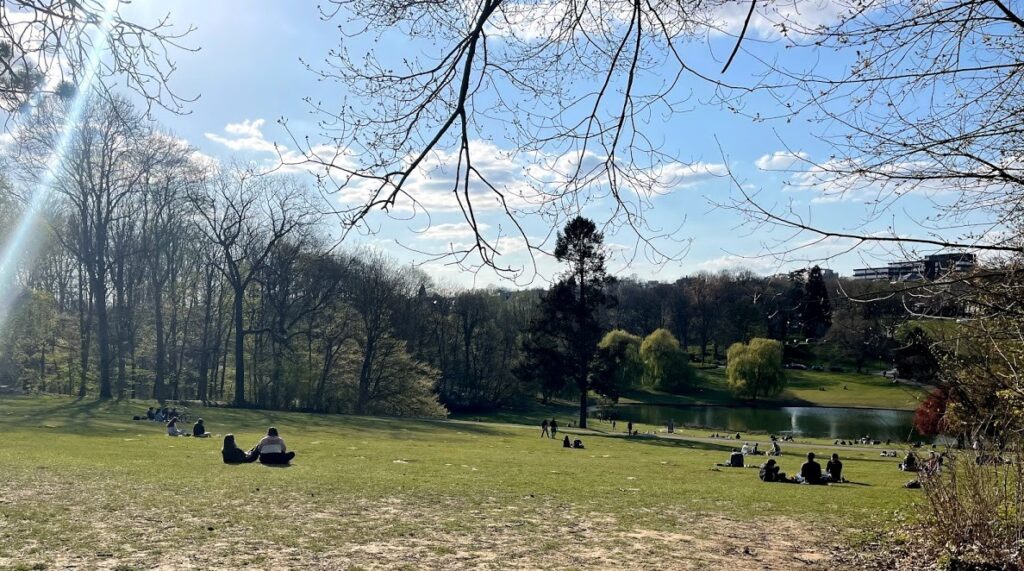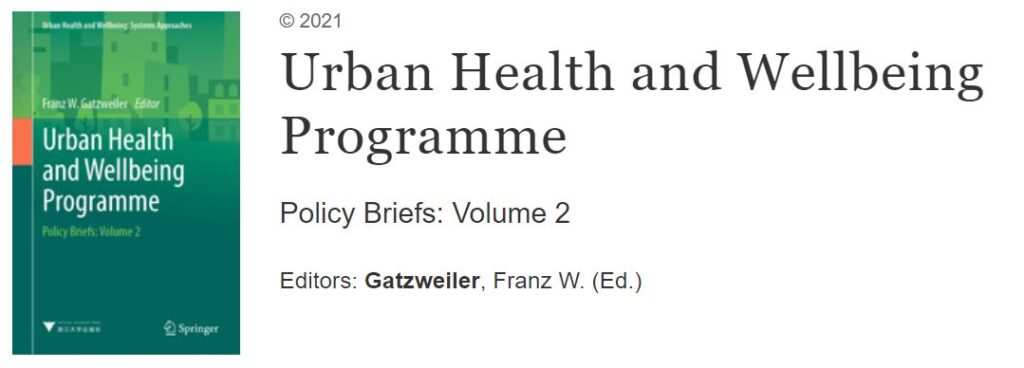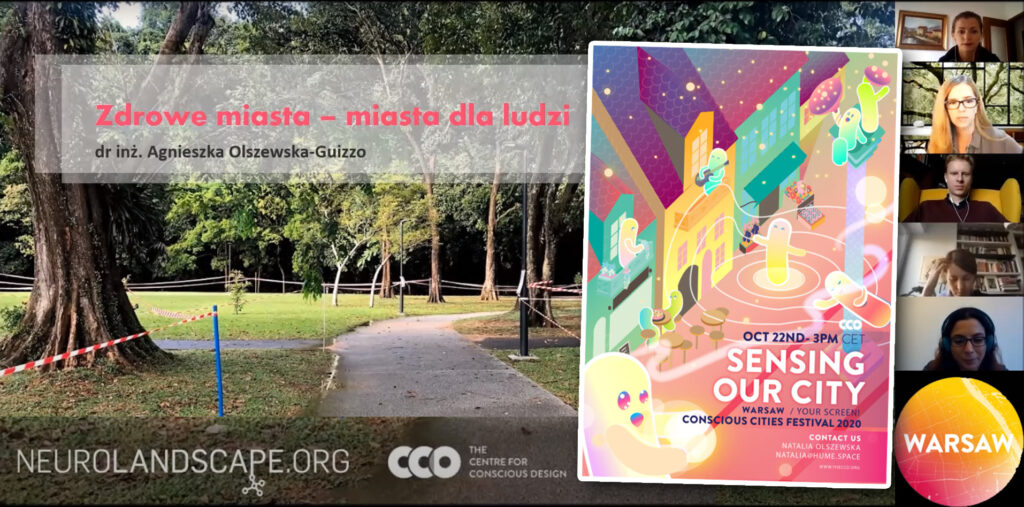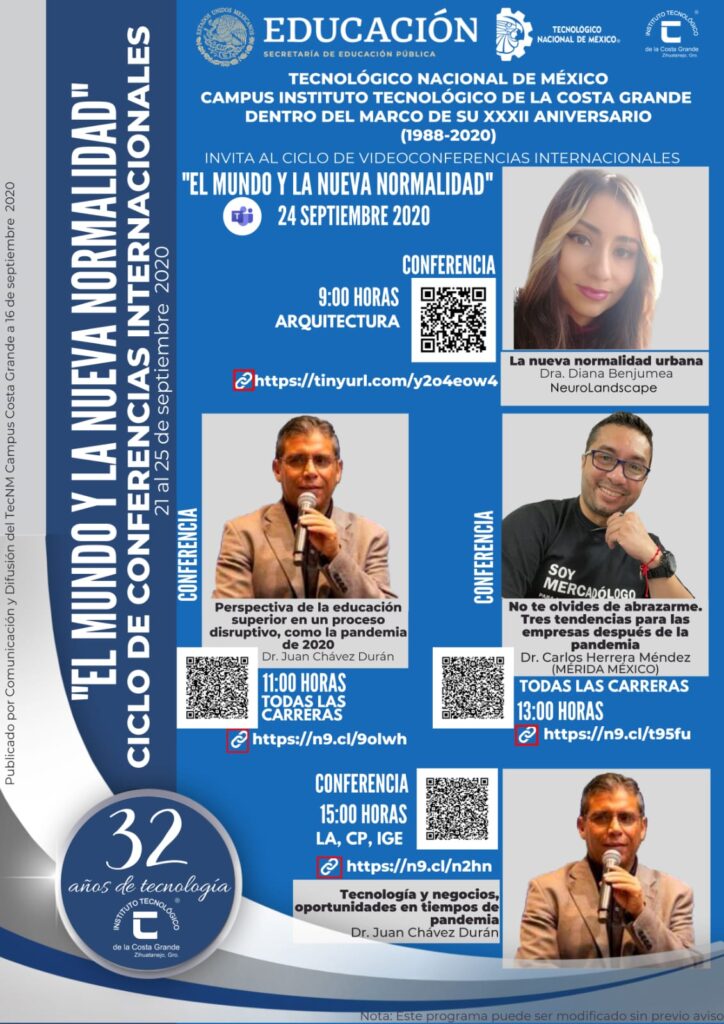Speech presented at the 25th Environmental Design Research Association 25th Conference in the panel “Green Resilience and Behaviour” by Nazwa Tahsin. Part of the Research Program “Nature Connection and Mental Health of Communities”. https://www.youtube.com/watch?v=hwGBP0sscNo&t=24s https://cdn.ymaws.com/www.edra.org/resource/resmgr/edra52/subpages/edra52_-_program_book.pdf
Category: News
Simply Green is Simply not Enough – a Prelude to Mentally Healthy Cities
The fast-paced urbanization and disconnection of people from nature and the current series of lockdowns, contribute to an increasing burden of mental health disease in cities. Researchers have estimated that it is 39% more likely to develop depression when living in urbanized areas as compared to rural regions [source]. Other mental illnesses and neurodegenerative disorders Read More
Networks of Nature: Integrating Urban Farming in the city Fabric
Our programme Planting Seeds of Empowerment Mental Health and Well-being of the Communities starts this year with a new project created in collaboration with international organisations to emphasise the importance of nature in the mental health and well-being of people residing in heavily urbanised cities. The project entitled: Networks of Nature Integrating Urban Farming in Read More
EASCAPE VR – our first Virtual Healthy Environment
Thanks to Virtual Reality technology, our mission of providing science-based mental health tools through bringing people closer to nature, and specifically Contemplative Landscapes, has taken life in the form of EASCAPE. It’s our free VR app that enables you to enjoy Contemplative Landscapes from the comfort of your home. Why EASCAPE? Because it lets you Read More
Policy Briefs – Urban Health and Wellbeing Programme by Springer
In our most recent contribution to the Volume Two of the book series Urban Health and Wellbeing Systems Approaches, published by Springer and Zhejian University, we discuss the preliminary findings of our research project currently conducted in low-income communities in Medellin Colombia for our program Planting Seeds of Empowerment: Mental Health and Wellbeing of the Read More
NeuroLandscape featured in BBC “My Perfect City”
NeuroLandscape featured in BBC “My Perfect City” Series episode which was released on: 30 Dec 2020 New episode of the BBC World Service “My perfect city” features Dr Agnieszka Olszewska-Guizzo among other experts. They discuss Singapore as a city which attempts to improve residents’ mental wellbeing through urban design. Generally, people in cities are likely Read More
Annual Scientific Board Meeting 2020
4th NeuroLandscape Scientific Board Meeting took place online on Friday 13th November, 2020. Meeting agenda: 1) Round table of updates from each member 2) A game! – 2 truths and 1 lie 3) “Summary of NGO activity of 2020 , opportunities for 2021 ( Agnieszka O-G & Agnieszka Ch. -10 min ppt + Q&A) Read More
Healthy Cities – Cities for Humans, Conscious Warsaw 2020 (VIDEO)
A speech presented during the “Conscious Warsaw – Sensing our City” webinar organized by the Center for Conscious Design, which took place on October 22, 2020, in Polish (English subtitles available in this video!). Dr. Agnieszka Olszewska-Guizzo presented a new concept of designing mentally healthy cities based on contact with salutogenic natural landscapes (Contemplative Landscapes) Read More
Affordable Technologies for Evidence Based Studies and Mind Monitoring
The built environment and mental health of the residents within the city are extremely interconnected. Daily exposures are known to influence psychological processes, having both known and unknown consequences. The study of Gary W. Evans from 2003 points out that personal control, social support and restoration from stress and fatigue in the physical environment directly Read More
The New Urban Normal_Dr Diana’s speech at TecNM (Mexico)_VIDEO
24th September 2020. Tecnológico Nacional de México, campus Costa Grande, hosted an online event addressing the World New Normal in the interdisciplinary lens. Dr Diana Benjumea gave a speech regarding architecture and urban planning, where she sets a new paradigm of bottom-up, evidence-based urban design. Moreover, she introduces NeuroLandscape projects and explains the global implications Read More

